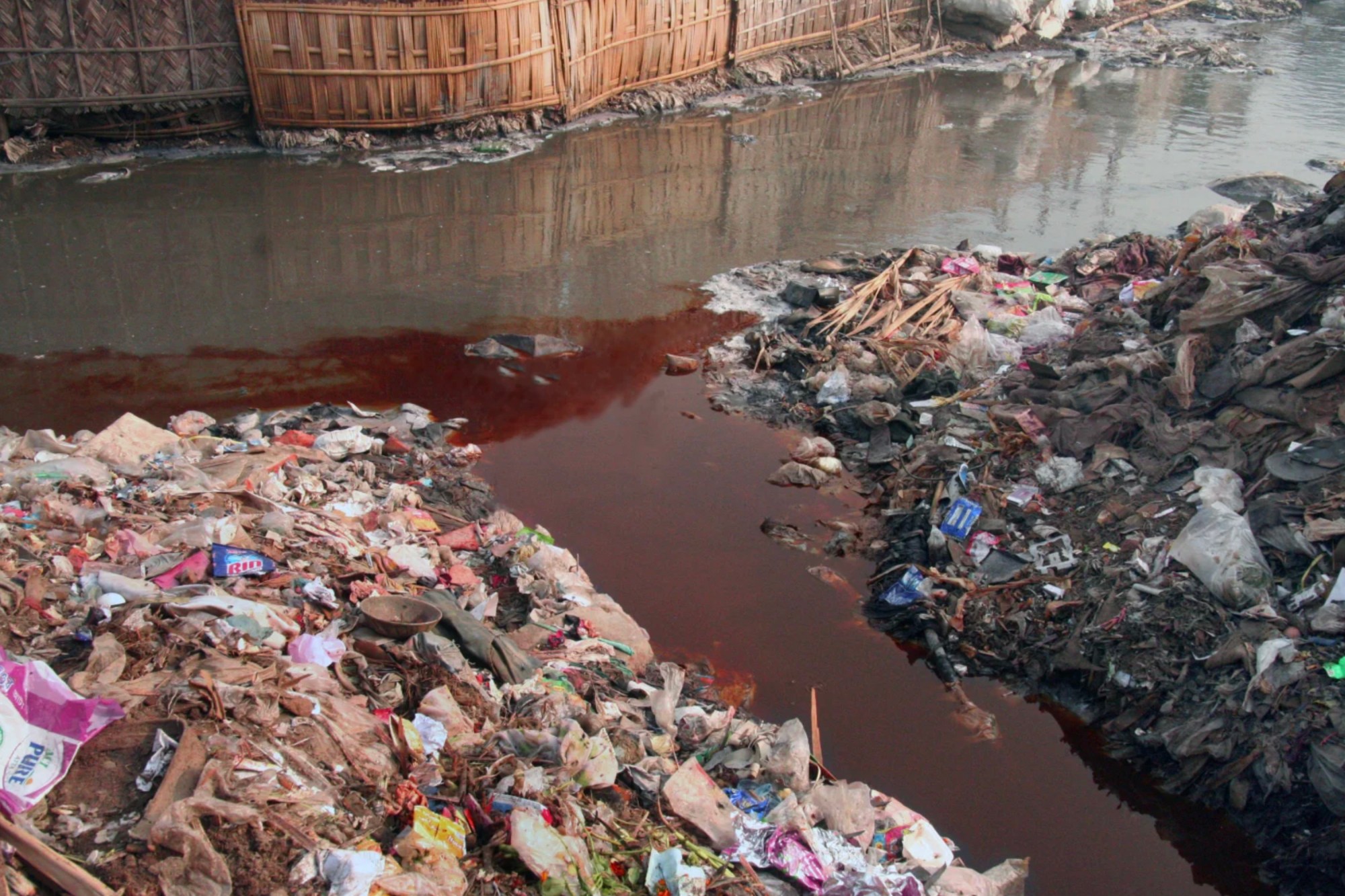
- Film
Docs: The Dark Side of the World’s Most Beloved Blue Jeans Comes to Light in “RiverBlue”
RiverBlue, an unprecedented documentary, made its mark in 2017 highlighting a powerful question: could fashion possibly save the planet? It portrayed some incredibly stunning, yet at times, shocking images that left us forever changed by the way we look at fashion, and fixated on the impact that the clothes we wear have on our climate and planet.
Perhaps the most shocking element in the film is the exposure to the gloomy side of the consumer’s beloved blue jeans. As depicted, the chemicals needed to create the famous denim don’t break down and travel all around the globe. By now, numerous rivers are severely affected by this toxic chemical pollution creating a dangerous problem for humankind. Seeing the statistics, one observes a genuine concern: if no changes occur soon, our lives as we live them will be done.
Canadian actor Jason Priestley, best known from the hit series Beverly Hills, 90210, narrates the striking documentary, which follows acclaimed river conservationist Mark Angelo who has quite possibly paddled more rivers in his lifetime than anyone else on this planet. Angelo takes us on a riverine trip around the planet to bare the truth behind the garment industry and its effects on the Earth’s waterways and ecosystems.
Directors David McIlvride and Roger Williams show that every single piece of clothing the shopper buys comes with a price tag. With RiverBlue, the directing duo aims to put pressure on the world’s biggest fashion corporations by delving deep into the shocking underbelly of the fashion industry. McIlvride and Williams expose the destruction many giant companies perpetrate on our environment, especially the effects of the biggest jeans brands on our planet’s ecosystem.
Although the documentary lingers briefly on the dangers and horrible conditions experienced by the people working in this environment or those living close to the rivers, the film’s main focus is on the suffering rivers, which are shown throughout China, India, Bangladesh, Indonesia, Zambia, England and the U.S. By now, consumers globally have become progressively aware of the human cost of making cheap clothing, yet the environmental expense, which is no less critical for our global climate change, remains harder to comprehend.
In RiverBlue, the cinematographic images of radiantly dyed foam rivers are appalling and draw attention to the polluted rivers of rural China or Bangladesh where children have completely lost their sense of smell simply by walking through the tannery district. A horrifying fact is that these particular populations who count on these rivers for their survival happen to be geographically furthest from the Western fashion buyer, yet are, without doubt, most impacted by such harm.
It is therefore heartening to see that some designers are taking steps towards responsible fashion. Brazilian designer, Kika Simonsen, is such an example. She uses recycled fabrics and biodegradable dyes that go through a cleansing process before being returned to rivers.
RiverBlue traveled to multiple festivals around the world and won several international awards. The feature documentary brings a noteworthy awareness to the garment industry issues at hand and its crushing images call for significant change.